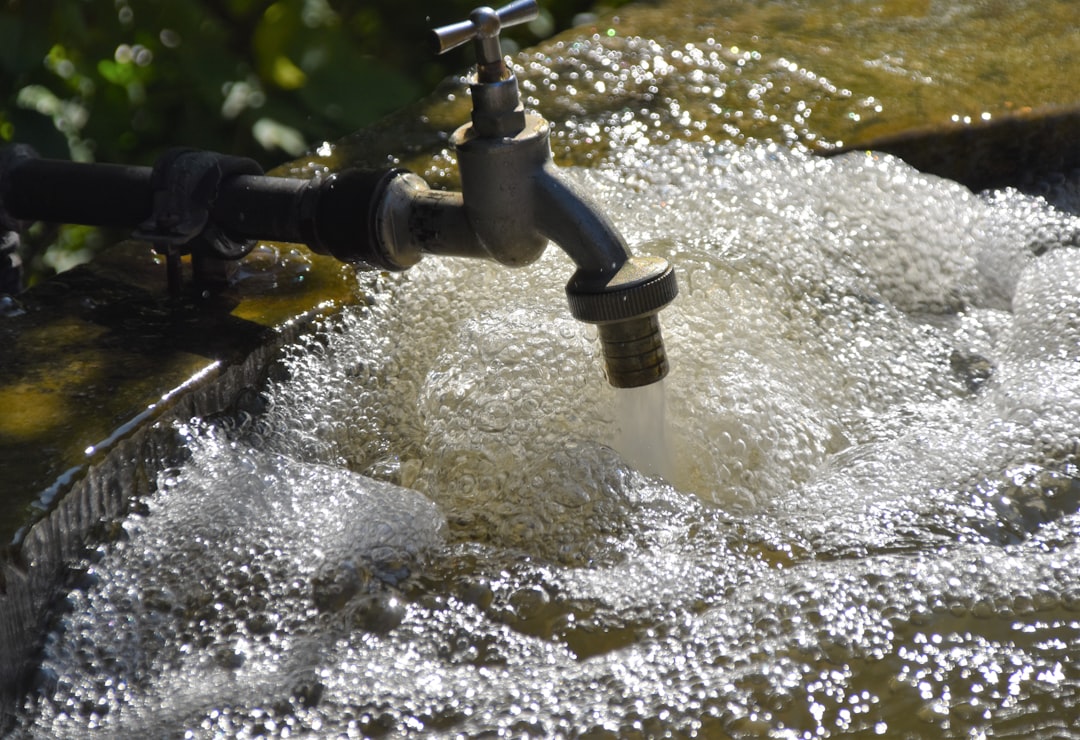What is it about?
Among tested beef samples, the rate of culture confirmed positives for E. coli O157:H7 remains much lower than the presumptive positives flagged by the current commercial PCR systems. This gap between the presumptive and confirmed positive samples can be partly attributed to the specificity of these detection methods and, more specifically, the gene targets used in these PCRs. In this study, we have evaluated a real-time PCR called GENE-UP ECO that utilizes dual-labeled Fluorescent Resonance Energy transfer (FRET) probes to detect E. coli O157, including H7, from beef enrichments, and distinguishes E. coli O157: H7 from E. coli O157:nonH7 results. The performance of GENE-UP ECO was compared to another commonly used E. coli O157: H7 commercial kit (Hygiena BAX-RT). This study is significant in that >3,000 well characterized E. coli O157 isolates were used to define the criteria used to develop a real-time PCR GENE-UP ECO assay that can detect E. coli O157, and simultaneously distinguish E. coli O157:H7 from E. coli O157: nonH7 isolates. Furthermore, a total of N=452 “real world” samples obtained from the nationwide service laboratories over a 24 month period were used to compare GENE-UP ECO to BAX-RT. The findings from this study showed a comparative 11-fold decrease in false-positive and a 3-fold decrease in false-negative rates when GENE-UP ECO was used. The overall accuracy of ECO was found to be 98.2% (versus 88.9% of the BAX-RT) when compared to culture confirmation results. The data presented in this study demonstrate that the GENE-UP ECO is a reliable alternative test method for the detection of E. coli O157:H7 in beef products.
Featured Image

Photo by Kelly Sikkema on Unsplash
Why is it important?
In the US, E. coli O157: H7 is a declared adulterant for beef products, and because of this, large amounts of resources are spent by the public health professionals and the beef industry alike in detecting and responding to the detection (even presumptive) of E. coli O157:H7 in beef. An unconfirmed positive sample has a large economic impact both to the beef producers (via disrupted supply chain) and to the tax payers via public health resources expended in efforts to perform culture confirmations. Any improvements to current E. coli O157:H7 testing methods can have a wide-ranging impact on the economic and food safety outlook for the beef industry.
Perspectives
Working on the project this paper describes was a pleasure, as it was an opportunity to demonstrate how we ARS Scientists can collaborate with commercial test developers to bring needed answers to our stakeholders, namely the beef industry and regulators. Further, it is great to see snp’s identified by our scientists be adopted and used as the basis of a commercial assay that can be placed in anyone’s hands for the identification of E. coli O157:H7 in beef products. – Dr. Mick Bosilevac Collaborating with the USDA ARS on this project was a significant highlight for the bioMerieux team. We hope this article communicates the availability of alternative commercial solutions for the accurate detection of E. coli O157:H7 in beef products with opportunities for improved sensitivity for this important pathogen. – Dr. Vikrant Dutta
Vikrant Dutta
Biomerieux
Read the Original
This page is a summary of: Comparative Performance Evaluation of Real-Time PCR and Dual-Labeled Fluorescence Resonance Energy Transfer Probe-Based Melt Peak Analysis for the Detection of Escherichia coli O157:H7 in Beef Products, Journal of Food Protection, February 2019, International Association for Food Protection,
DOI: 10.4315/0362-028x.jfp-18-366.
You can read the full text:
Resources
Contributors
The following have contributed to this page










